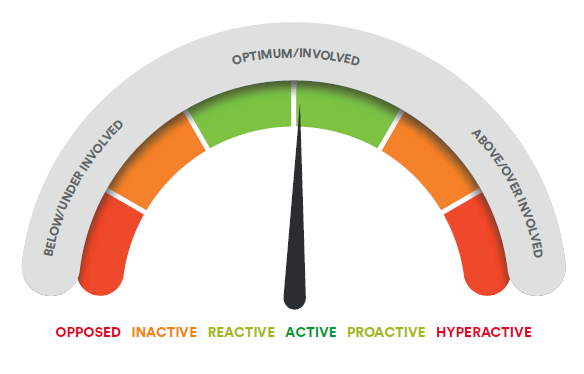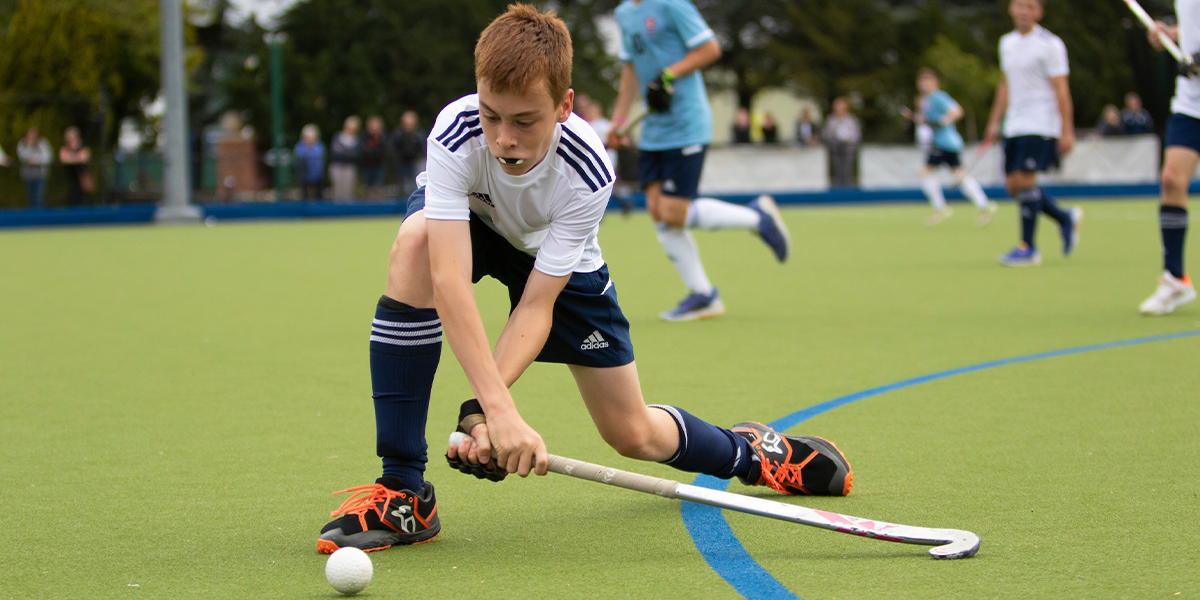Parental involvement in supporting their child to thrive and to recognise the moments where the player is on the player experience model and how best they can support the player, both directly with the player and indirectly with wider partnerships, is critical to support and develop the player within the Talent System.
Parental support can be described against the following headings:
- OPPOSED = either overtly critical of, or covertly against the child’s development within hockey.
- INACTIVE = parents have no knowledge of the game of hockey and are not really committed to their child’s development within the sport.
- REACTIVE = parents respond to an engagement (from child or other partnerships involved in their hockey). For example, their child comes home from training upset about the position they played and the parent acts on that situation.
- ACTIVE = parents are present and therefore ready to engage with other partnerships if required. For example, the parent is present for the match and sees their child only playing in one position that they have previously stated they don’t enjoy and can act on that situation.
- PROACTIVE = parents are involved and can therefore instigate engagement. For example, the parent already knew that the child would be playing out of position to provide more stretch and therefore proactively discussed with the child acting on this situation.
- HYPERACTIVE = parents are too in control and constantly engaged; they are often trying to make decisions for their child and stifling their child's progression. For example, the parent sees that their child is playing out of position and immediately confronts the coach mid-game.

This graphic shows that there is an optimum level of involvement from parents to fully enhance their child’s experience.
For example, one parent may have very poor knowledge about their child’s sport, but be very enthusiastic about it; another might have excellent knowledge, but be disapproving or hostile. In this way, the table allows for different activation profiles in different situations. It builds on and seeks to identify the optimum engagement, knowledge, attitudes and behaviours that parents should demonstrate in their involvement in their child’s sport.
It is important to recognise that one size does not fit all, however, and that, for some children and young people, sport, as with schooling, is a private leisure space where they seek autonomy and where parents and carers are not necessarily welcome.
Therefore, parents’ involvement needs to be flexible within the optimum level of involvement (green area), with children themselves allowed to denote which profile is best suited to them at each stage of their development.
What do we need to do as sporting parents?
- One of the most important influencers is the parent and there are many ways in which the parents needs to interact with the Talent System and the Talent System with the parents.
- The talent system needs to work with, support and educate parents on how they help their child thrive - giving knowledge and understanding of the Player Experience Model and the ‘Complete Player Qualities’.
- Is my child thriving? Is a good question to constantly ask yourself as a parent. Thriving is the central positive experience of the Player Experience Model. It is in the Thrive Zone that they progress the most, perform at their best and feel good about themselves. If you as a parent notice that one of these elements is restricted, then you could reactively, actively or proactively act to help them move back towards thriving.




